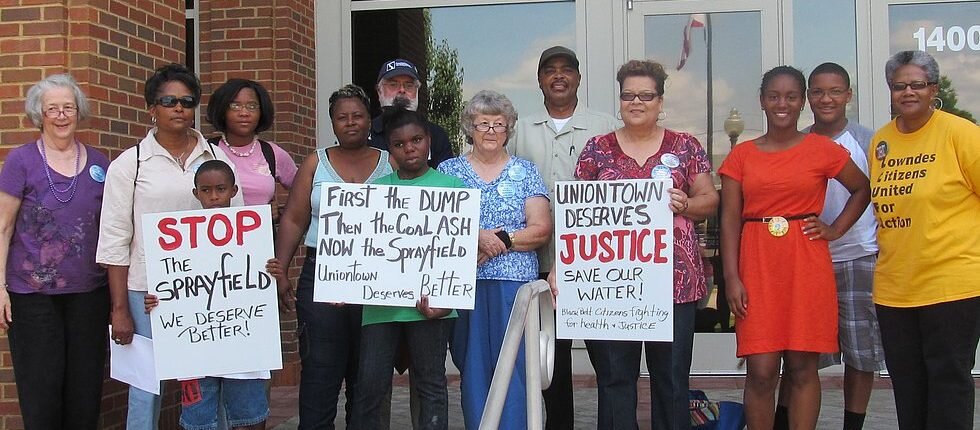Are SRF allocations across communities equitable?

Katy Hansen, Senior Advisor for Water
Economic segregation between towns and cities in the United States is on the rise: the number of high-income households living in census tracts where most of their neighbors have similar means doubled between 1980 and 2010, according to recent estimates. Spatial sorting along class lines causes disparities in fiscal capacity to finance infrastructure. The local revenue base that water and wastewater utilities rely on shrinks as middle- and high-income households move to wealthier enclaves. Utilities with limited fiscal capacity take on fewer capital projects. Uneven investment in infrastructure undergirds inequalities in water quality and raises environmental justice concerns.
The State Revolving Fund (SRF)–a federal program overseen by EPA but administered at the state level–can reduce disparities by helping utilities repair and expand water and wastewater infrastructure. Although water utilities finance the vast majority of capital projects with own-source revenue, the SRF program provides an important source of supplementary funds. Case studies, however, suggest that SRF funds have not been equitably distributed across communities. The allocation of SRF has not been systematically analyzed at a broader scale and merits additional attention.
There are several reasons why small or low-income places may be less likely to receive federal funding for water and wastewater infrastructure. One reason is that communities with limited technical, managerial, and financial (TMF) capacity struggle to apply for funds, even those specifically marked for such places. An analysis of the disbursement of the American Recovery and Reinvestment Act (“stimulus”) funds found that counties with higher TMF capacity received more grants. Second, providing loans to small and low-income communities—which are more vulnerable to fluctuating economic conditions and may not have a credit history—entails higher financial risk. States may be wary to make investments that compromise the viability of the fund in perpetuity.
Over the next few months, we plan to evaluate the allocation of SRF funds in a dozen states or so over the last decade. Specifically, we will combine project-level data on loans and grants from the Project Benefits Reporting system with demographic data from the US Census and American Community Survey to assess the correlation between community characteristics and the odds of receiving SRF funds. Although each state’s SRF program is structured differently, we expect to identify patterns to inform policy recommendations as the incoming Biden administration gears up to expand the SRF program to address long-pending infrastructure projects.

